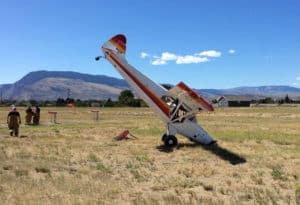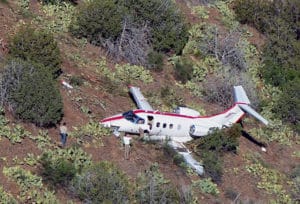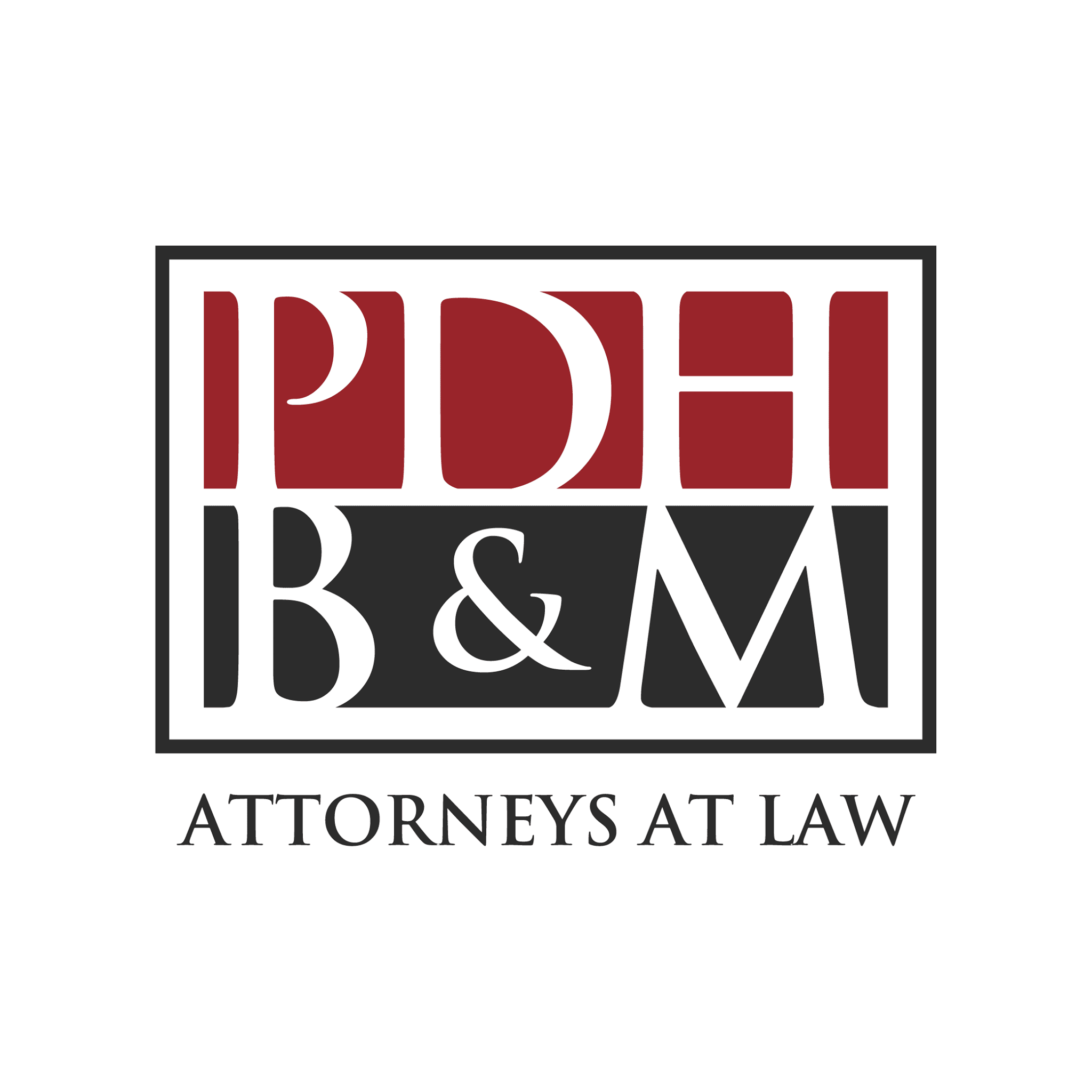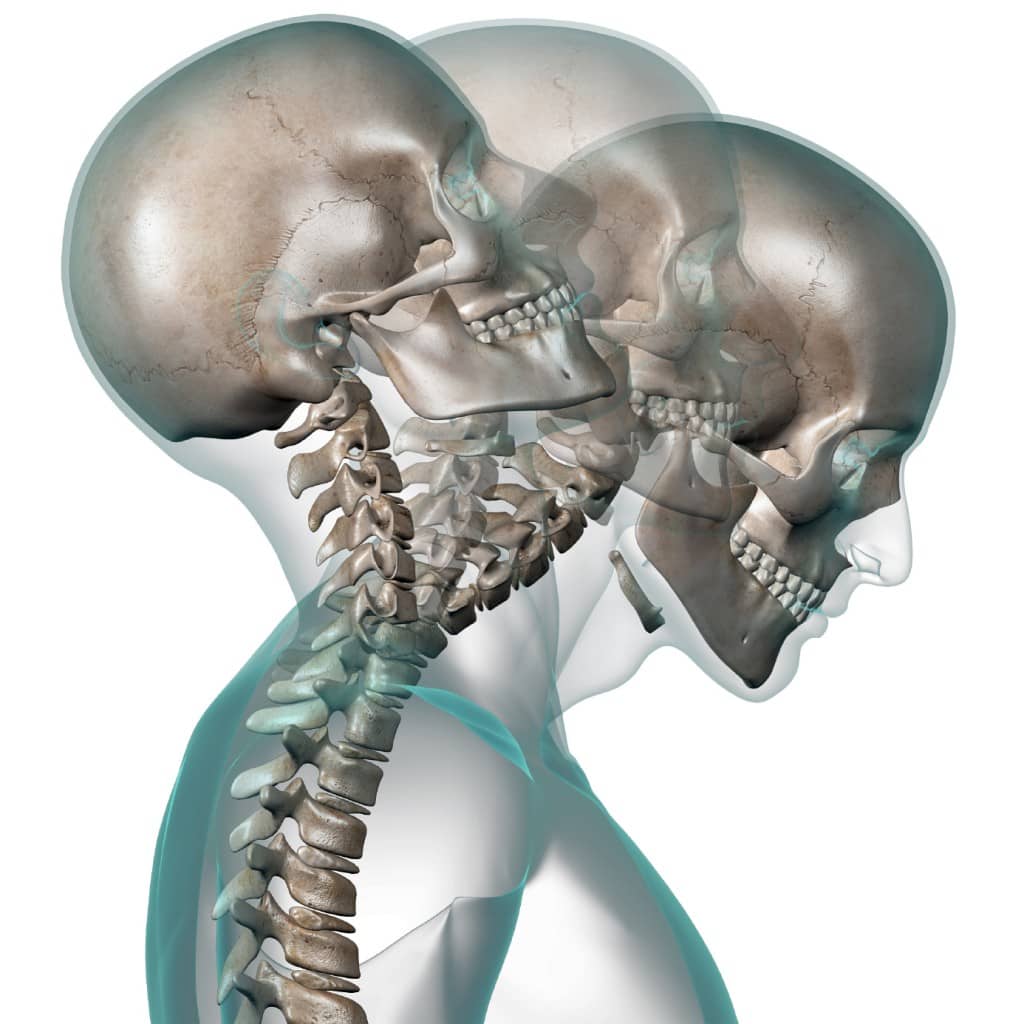Steps to Take After an Aviation Accident
If you are a frequent flyer in America, the great news is that you are highly unlikely to die in a plane crash. Forbes reports in 2016, there were zero fatalities on U.S.-certificated scheduled airlines anywhere in the world. Globally, 2016 was the second-safest year when considering fatalities.
Unfortunately, aviation accidents still do happen, within the U.S. and beyond. The Aviation Safety Network reports there were 17 fatal aviation accidents worldwide in 2016. Altogether, there were 65 total accidents on commercial airlines in 2016, reports the International Air Transport Association. Commercial airlines aren’t the only potentially dangerous vessels you may travel in the air on. Private flights, helicopter rides and smaller air transportation vehicles are just a few of the other possible air carriers on which you may encounter an aviation accident. In the rare case you are involved in an aviation accident, take these steps to ensure you are able to obtain the compensation you deserve.
Types of Aviation Accidents

A fiery nose dive from the sky isn’t the only type of plane accident that may occur and leave passengers and crew members with serious injuries. Aviation accidents can happen on the runway before a plane even takes off, or as soon as a plane touches down for a landing. Various types of plane-related disasters may include:
- Runway excursions: The plane misses the runway upon landing or veers off the runway during takeoff
- Mechanical or design failures: Either because of poor product manufacturing or maintenance, airline equipment may fail on the interior or exterior of the vessel, which can cause poor decision-making on behalf of the pilot or a rocky flight
- Human error: Human error related to flights may be deadly and range from air traffic controller miscues, to pilot inexperience, to poor judgments made by anyone involved
- Defective runways: Runways that have dangerous obstacles or poor conditions such as potholes may cause an accident to occur during takeoff or landing
Problems such as these can lead to serious injuries to passengers and crew members. While the likelihood of a deadly airline accident is thankfully very low, some of the serious injuries that may be sustained because of aviation hazards may include:
- Spinal injuries
- Broken bones
- Severe whiplash and neck injuries
- Burns and cuts
- Head injuries
Light turbulence during flights is expected and normal. Any accident that causes a serious injury warrants the documentation of the flight condition and will benefit from evidence gathering, should you have a claim that may benefit from the consultation of an aviation injury attorney in Birmingham.
What to Do After an Aviation Accident

If you are a passenger in a plane and are involved in an accident where you get seriously injured, you may experience damages that inhibit your ability to work and cause lost wages, or that cause negative long-term health effects. It is important to get medical attention right away if it is offered to you. You may have experienced injuries that aren’t immediately apparent or that could turn into something worse if left untreated .If you can, take photos of your injuries and of the condition of the plane, both from inside and outside. Shoot photos or video from a wide variety of angles, so that an accurate view of the plane conditions are captured. Also, make a log after the accident of everything you can remember when it occurred, as well as any statements from other people on the plane that you recall. An aviation accident is indeed traumatic, but having a personal record of what happened can help you if you decide to make a claim. According to the Aircraft Owners and Pilots Association Insurance Services, after any crash, the pilot should report the incident to the National Transportation Safety Board. You’ll still want to have your own account of what happened, both for when you contact your own insurance agency, and in case the pilot never reported it.

While some circumstances are beyond human control, such as inclement weather or a bird flying into an engine, may be the cause of a crash, in other cases, the negligence of others is the root problem. A pilot may have been drunk or not gotten enough sleep before flying. Inexperienced or irresponsible air traffic control may have administered faulty directions. The aircraft manufacturer may have overlooked necessary compliance to keep you safe. If you believe you may have a possible lawsuit to file due to negligence, immediately call an attorney for a consultation on your case. You deserve to recover damages and peace of mind from an aviation accident. An aviation attorney can help you secure what you’re entitled to.








